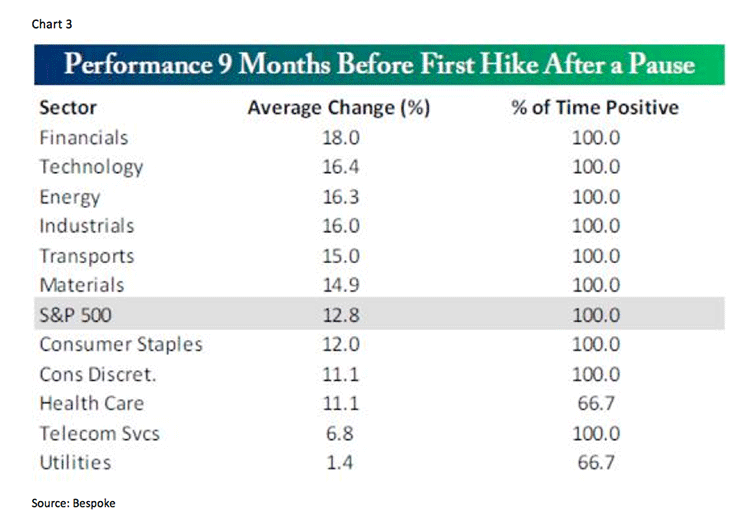While these forecasts are not all that helpful, year-in-review commentaries can be useful. By gathering commentary from others and/or performing your own review, you can uncover the major themes of the year and how they might have impacted your decision making. For example, here, Josh Brown quickly lays out 4 macro themes that went down in 2014 and the major themes of years past. While this article is obviously very brief, it and others like it could serve as a blueprint for one doing their own annual review.
For instance, Josh highlights the performance of US stocks - specifically large caps - as being the best game in town for equity investors. This is definitely true. US Small Cap stocks were a complete chop fest all year and the major international benchmarks were by and large portfolio drags. However, even with US Large Caps it was not the easiest of years regardless of what the indexes might say. Unless you were a passive, long-term holder of the benchmark (use the S&P as our example) with literally no intent of selling, you probably got a little fidgety at points. As in 2013, we saw numerous "V-Bottoms" over the course of this year that left risk conscious investors with difficult decisions to make. The S&P 500 has now gone 3 years without a true 10% correction however 2014 saw no less than 4 considerable pullbacks (highlighted by September/October's 9.9% decline). These moves threw many investors for a loop because on each occasion the index would swiftly and violently put in a V-bottom and recover to new highs within days. What's more, there was significant damage done to many individual stocks during these index declines making it even more challenging for stock pickers.
While many will argue that this year was a win for passive-index investors, unless you allocated nearly 100% of your equity portfolio to US Large Caps (not likely according to our anecdotal research) you did not perform in line with the S&P. Further, once the other asset classes that make up the typically allocated portfolio (small caps, international stocks, commodities/currencies, bonds) are factored in, the average investor almost assuredly did not outperform the S&P.
So, for us, a few more key takeaways:
1) We intend to revisit the market's periods of stress in 2014. We want to find the key similarities and differences that were shown during each of the V-bottoms that occurred during the year. To be clear, we're by no means suggesting that we expect the same scenarios to play out in 2015 but this exercise will serve as a learning tool and a way of documenting history.
2) Plainly put, it was a really crappy year for many investors. While key benchmarks like the S&P and Nasdaq performed more than admirably, it was a much tougher go for individual stocks and most other asset classes. This simple observation doesn't really tell us anything other than being on the lookout for future rotation and reversion to the mean types of scenarios.
Take some time this weekend to revisit the trading year. You'll definitely find a useful observation or two.
A happy and healthy New Year to everyone.
So, for us, a few more key takeaways:
1) We intend to revisit the market's periods of stress in 2014. We want to find the key similarities and differences that were shown during each of the V-bottoms that occurred during the year. To be clear, we're by no means suggesting that we expect the same scenarios to play out in 2015 but this exercise will serve as a learning tool and a way of documenting history.
2) Plainly put, it was a really crappy year for many investors. While key benchmarks like the S&P and Nasdaq performed more than admirably, it was a much tougher go for individual stocks and most other asset classes. This simple observation doesn't really tell us anything other than being on the lookout for future rotation and reversion to the mean types of scenarios.
Take some time this weekend to revisit the trading year. You'll definitely find a useful observation or two.
A happy and healthy New Year to everyone.








